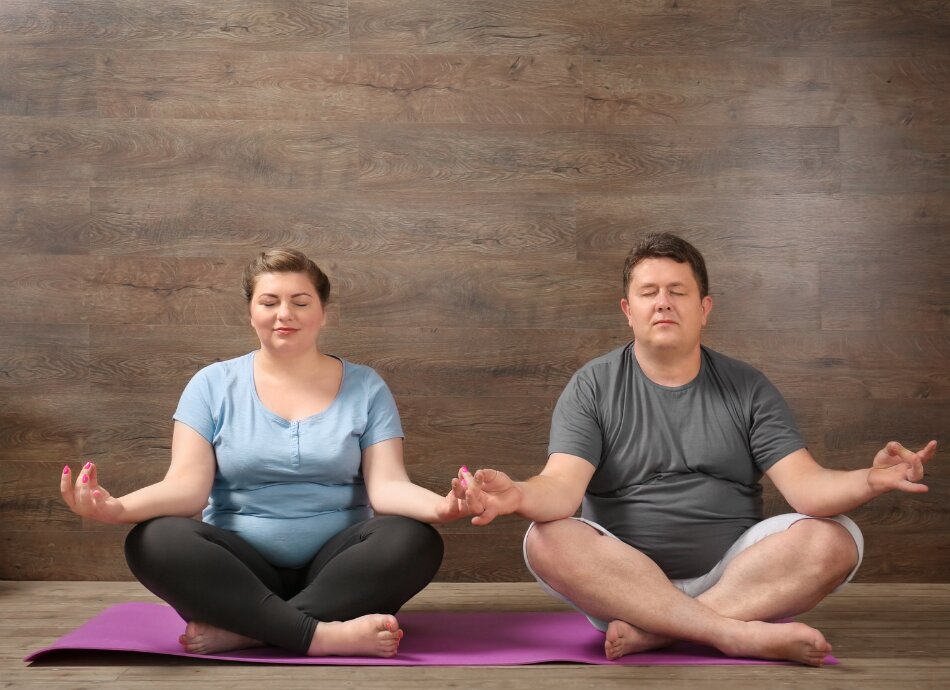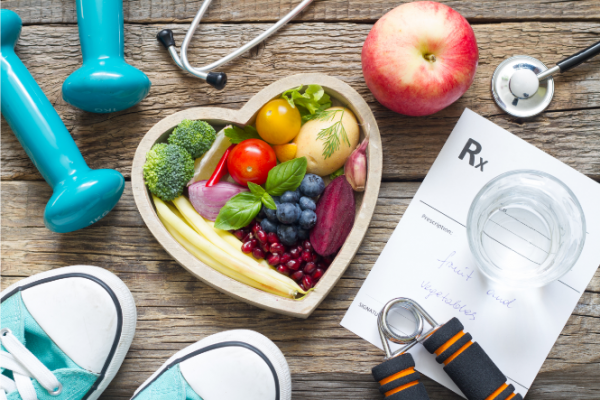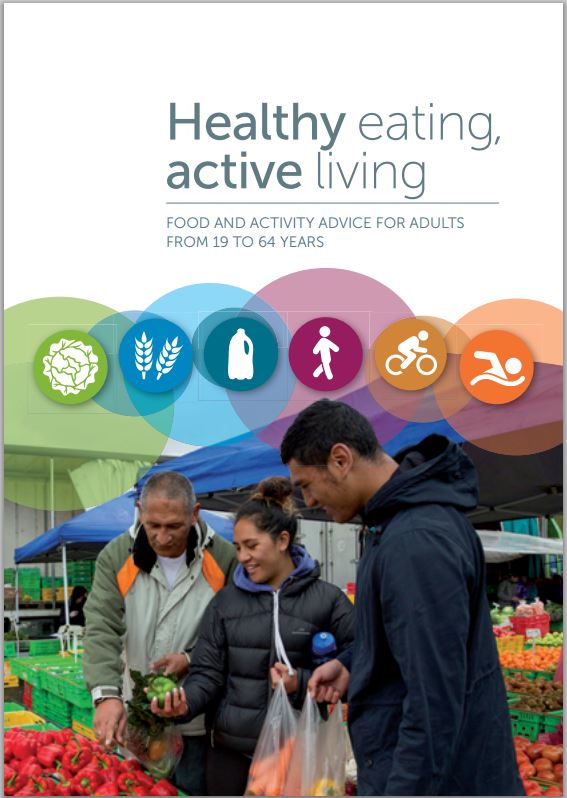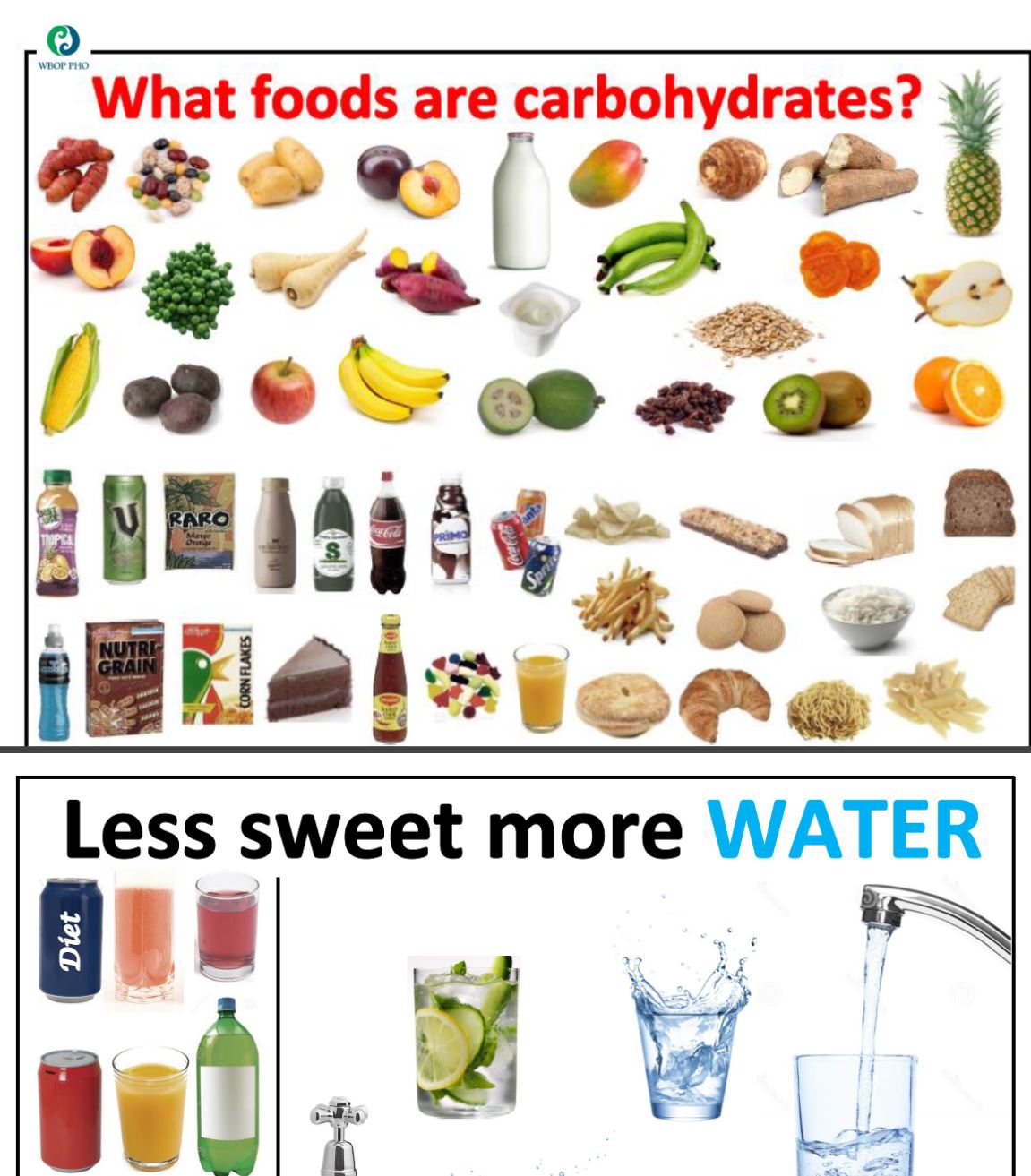Weight loss – a healthy approach
Key points about healthy weight loss
- We all come in different shapes and sizes.
- The basis of losing weight and keeping it off is to make healthy eating and lifestyle choices so the energy gained from our food and drink is balanced with the energy we use in daily activities.
- Weight loss is most successful when self-management, behavioural, and ongoing support strategies are used together.

Weight loss is achieved by taking in less energy from food and drink than what you are burning. While it is possible to lose weight by simply eating less or smaller portions of your usual meals, the best way to keep weight off is by making healthy food and drink choices that leave you feeling fuller for longer.
That sounds too simple!
Well, yes and no. Knowing what to do can sometimes be easier than putting it into practice. You want to change long-standing habits of eating unhealthy foods or more than your body needs and create healthier habits that you can keep. It is important to be ready to make some changes for yourself as it takes work and isn't always easy. So if you are not committed to doing things differently you are unlikely to be successful.
It is important to find ways to stay focused and create habits that enable you to choose healthy options day after day, week after week and work towards a healthier weight. There will always be some days that are better than others so don’t be too hard on yourself if you sometimes have a few unhealthy meals and snacks. The goal is to eat well most of the time.

Image credit: Canva
Losing weight can help lower your risk of many major diseases including diabetes, high blood pressure, heart disease, arthritis and some forms of dementia and cancer. Where you carry your extra weight is important, as abdominal fat (around your middle/puku) is more strongly linked to disease than fat in other places on your body. Losing weight can also give you a greater feeling of wellbeing. You may also find regular, moderate exercise increases your overall energy levels.
Modest weight loss (approximately 5% of your body weight) can:
- Reduce hypertension and cardiovascular risk.
- Prevent, delay the progression of, or improve control of type 2 diabetes.
- Improve your quality of life, self-esteem, and mood.
- Result in improvements in chronic kidney disease and sleep apnoea.
- Improved sperm counts in men.
- reduce symptoms of musculoskeletal problems, GORD (reflux), and urinary incontinence.
Moderate weight loss (approximately 10–15% of your body weight) may bring about diabetes remission.
The key to losing weight is to have realistic expectations, follow a healthy, balanced diet and exercise regularly. Introduce changes to your diet and exercise regime slowly so you can stick to them.
Weight loss is most successful when self-management, behavioural, and ongoing support strategies are used together. You could start by talking to a health professional about wanting to lose weight and being honest about what and how you currently eat, how much exercise you do, and any diets you have tried in the past. You can also talk about any things that get in the way of eating healthily (eg, the cost of and availability of healthy food) and exercising (eg, pain and other health conditions). They can help you to make a sensible plan for losing weight.
Getting support from whānau and friends will also help support you to stick to your plans – they can help to celebrate your achievements and may even lose some weight alongside you.
Having realistic expectations
To stick with a healthy lifestyle, the changes you make need to be ones you can maintain in the long term. Start with small steps, such as limiting the number of times a week that you buy takeaways. If you often have takeaways, aim to cook 4 nights a week and include vegetables. Instead of having a biscuit with your cup of tea, have a piece of fruit instead.
Always combine changes to your eating pattern with an increase in physical activity such as going for a 10-15 minute walk on your lunch break and slowly increasing this amount week by week. Once you have got the hang of the first few goals and your weight has started to drop, you can add in some more goals but be realistic about how much you can do at once.
A realistic weight loss for most people is around 0.5 kg per week. Some people may lose more than this at the beginning but after a few weeks this should reduce and if you are losing too much weight it will likely be fluid and muscle mass loss rather than body fat.
Weight loss on its own for some people can be a poor measure of total fat reduction (and resulting health improvements), so try not to focus only on the numbers on the scales. Instead, think about how your clothes feel, how your energy levels are improving and maybe how you are noticing a change in your mood. Take compliments from others who see the positive changes and don’t forget to compliment yourself for the progress you are making!
In summary, here are some simple realistic ways to get started:
- Cook at home more often. Include meals made from minimally-processed ingredients such as vegetables, meat, eggs, fish, whole grains and legumes.
- Choose fruit or water instead of sugar-sweetened snacks or drinks.
- Minimise the amount of sugar consumed in tea/coffee or sugar-sweetened drinks.
- Aim to move daily. Start by walking at least 10-15 minutes per day.
Eating well
Many people today eat too many processed and takeaway foods. These foods can be high in fat, added sugar and salt, and are not part of a healthy diet. Losing weight, and keeping it off, is much easier with a balanced diet consisting of fruits and vegetables, grain foods (rice, pasta, bread and cereals), protein sources (legumes, eggs, nuts and seeds, fish, poultry and lean meat) and low-fat milk and milk products.
Long term, healthy habits can result in better weight control than fad or ‘crash’ diets that are hard to stick to. ‘Crash’ diet programmes, such as those that replace meals with shakes, are generally not recommended without medical supervision as they can leave you feeling permanently hungry and missing out on important nutrients for health.
The best way to lower your energy intake is to cut down on foods that are high in fat, refined (processed) carbohydrates and added sugar. Foods with plenty of fibre such as wholegrain bread and salads will help you avoid hunger without piling on the calories.
You can delay meals if you are not hungry or save a portion for later, but don’t get over-hungry as this can result in choosing unhealthier options that are quick and instantly satisfying. Try to plan your meals so that you have healthy food available when you need it throughout the day.
Alcohol is also high in calories and can contribute to fat around the waistline – this is the dangerous fat that can affect your liver and future risk of diabetes. So limiting alcohol can help with weight loss and lowers the risk for alcohol-related ill heath. Another problem with alcohol is that it increases the tendency to snack.

Image credit: Ministry of Health, 2020
The eating guidelines provided by the Health New Zealand | Te Whatu Ora(external link) recommend the following:
1. Enjoy a variety of nutritious foods every day including:
- plenty of vegetables and fruit
- grain foods, mostly whole grain and those naturally high in fibre
- some milk and milk products, mostly low and reduced fat
- some legumes, nuts, seeds, fish and other seafood, eggs, poultry and/or red meat with the fat removed.
2. Choose and/or prepare food and drinks:
- with unsaturated fats instead of saturated
- that are low in salt (sodium); if using salt, choose iodised salt
- with little or no added sugar
- that are mostly ‘whole’ and less processed.
3. Make plain water your first choice over other drinks.
4. If you drink alcohol:
- keep your intake low
- stop drinking alcohol if you could be pregnant, are pregnant or are trying to get pregnant
- when breastfeeding, it is best to be alcohol-free.
5. Buy or gather, prepare, cook and store food in ways that keep it safe to eat. Take extra care to protect yourself from food-borne illness if you are pregnant.
6. Encourage, support and promote breastfeeding.
Be mindful when you are eating
- Take your time and notice what you eat – be “mindful”
- Eating fast, on the run and while distracted can mean you eat more food than you realise or need.
- It takes 30 minutes for your stomach to tell your brain it’s full. Slow down and wait for meals to digest before having more.
- Sit at the table, with friends or whānau.
- Minimise distractions such as TV, laptops and phones, and enjoy your food.
- Some people find it helpful to write down what and how much they eat – and how they feel before and after. You could keep a paper food diary or there are lots of apps to use on your smart phone to collect this information.
The activity guidelines provided by the Health New Zealand | Te Whatu Ora (external link)recommend the following:
1. Sit less, move more! Break up long periods of sitting.
2. Do at least 2.5 hours of moderate or 1.25 hours of vigorous physical activity spread throughout the week. Pregnant women should aim to do 2.5 hours of moderate-intensity physical activity spread over at least 3 days per week (preferably some activity every day).
3. For extra health benefits, aim for 5 hours of moderate or 2.5 hours of vigorous physical activity spread throughout the week. Pregnant women should seek advice from a health care professional with specialist knowledge about the impact of vigorous-intensity activity if competing in events or if exercising significantly more than Activity Statement 2.
4. Do muscle strengthening activities on at least 2 days each week. Pregnant women may also benefit from doing stretching and pelvic floor muscle training daily.
5. Doing some physical activity is better than doing none. All pregnant women without serious health conditions should be regularly physically active through a variety of aerobic and resistance activities.
Starting to exercise
You can start with 15 minutes of gentle activity a day (eg, walking, swimming or gardening) and gradually increase it to the recommended amount (see above). Moderate activity means you should be breathing hard but be able to hold a conversation.
It's okay if you can only manage this in short bursts. You can add to your activity by taking the stairs rather than the lift or walking the long way to your car, and it can add up throughout the day. The trick is to find an activity you enjoy doing and to put a little more physical effort into each day. As you tone up your muscles they burn more and more energy, helping you lose weight and look trimmer.
Video: Diabolical disease
Teau Aiturau was born and raised in Mangere South Auckland. In 2012 he weighed 252kgs, couldn't walk, was struggling to breathe, had high blood pressure, sleep apnoea and diabetes. He knew he had to make a long-term change if he was to survive. Now the 39-year-old is active, eats healthy food and has dropped 84kg. This video may take a few moments to load.
(NZ Doctor, NZ, 2015)
There are lots of people who can help you get on track and stay motivated. Even if you are just starting to put on weight, it is better to get in control of it early on.
If your eating is out of control or you are depressed or distressed, talk to your doctor. If you have a health problem, are taking any medication or plan to lose a large amount of weight also talk to your doctor about losing weight. Your doctor may suggest additional help from a dietitian or a counsellor to help develop healthier eating habits.
There are also places you can go and programmes you can get involved with to get support for living more healthily:
- Active families(external link) Health New Zealand | Te Whatu Ora
- Healthy families NZ(external link) Health New Zealand | Te Whatu Ora
- Nutrition support services
Eating and activity guidelines for New Zealand adults(external link) Health New Zealand | Te Whatu Ora, 2020
Inspiration for meals and snacks(external link) Health Food Guide
Free healthy cookbooks(external link) Heart Foundation, NZ
Health food guide(external link) healthyfood.com, NZ
Healthy eating, active living HealthEd, NZ(external link), 2020
Weight loss diets(external link) Health Promotion Agency NZ, 2019
Healthy eating guide [PDF, 2.3 MB] Western Bay of Plenty Primary Health Organisation, NZ, 2018
Behind the hype – weight loss diets(external link) Health Ed and Health Promotion Agency, NZ, 2019
Reference
- Eating and Activity Guidelines(external link) Health New Zealand | Te Whatu Ora
See our page weight loss for healthcare providers.
Brochures

HealthEd, NZ, 2020

Health Promotion Agency NZ, 2019

Western Bay of Plenty Primary Health Organisation, NZ, 2018
Credits: Healthify Editorial Team. Healthify is brought to you by Health Navigator Charitable Trust.
Reviewed by: Sylvia North, Fearless Nutrition – Integrative Dietitian and Nutritionist
Last reviewed:
Page last updated:





